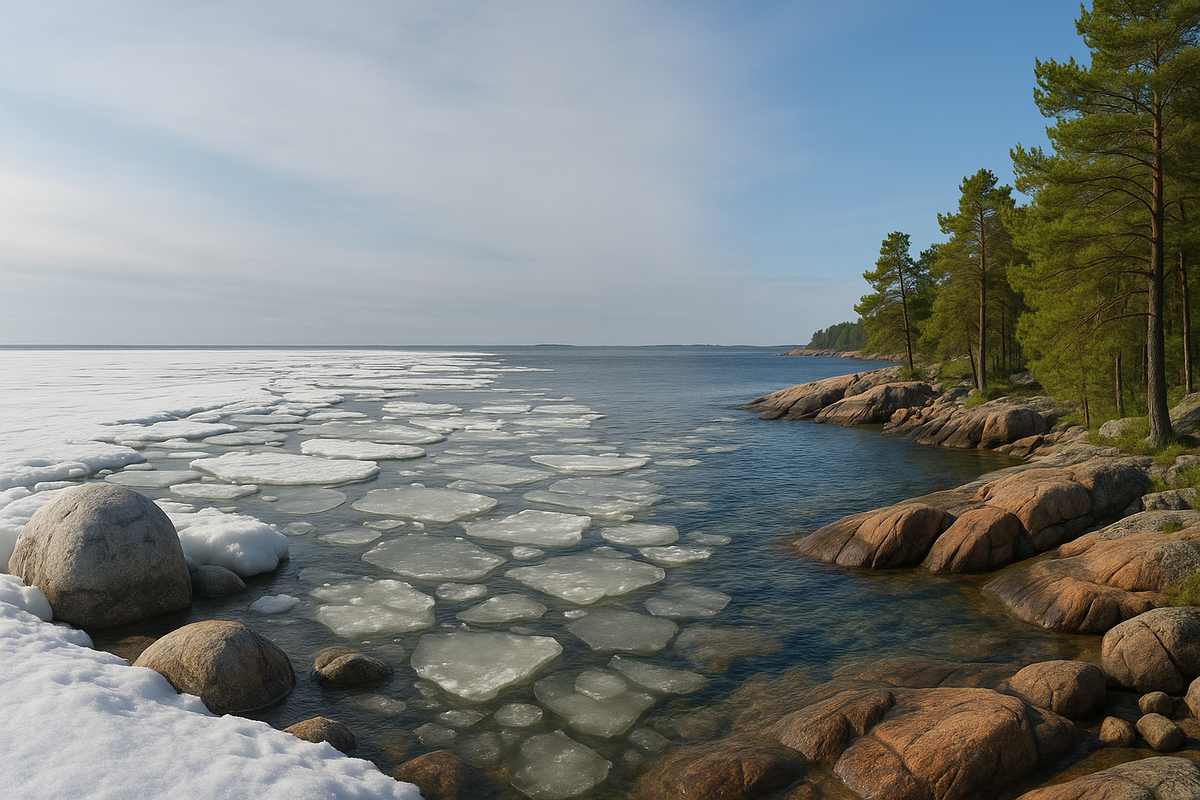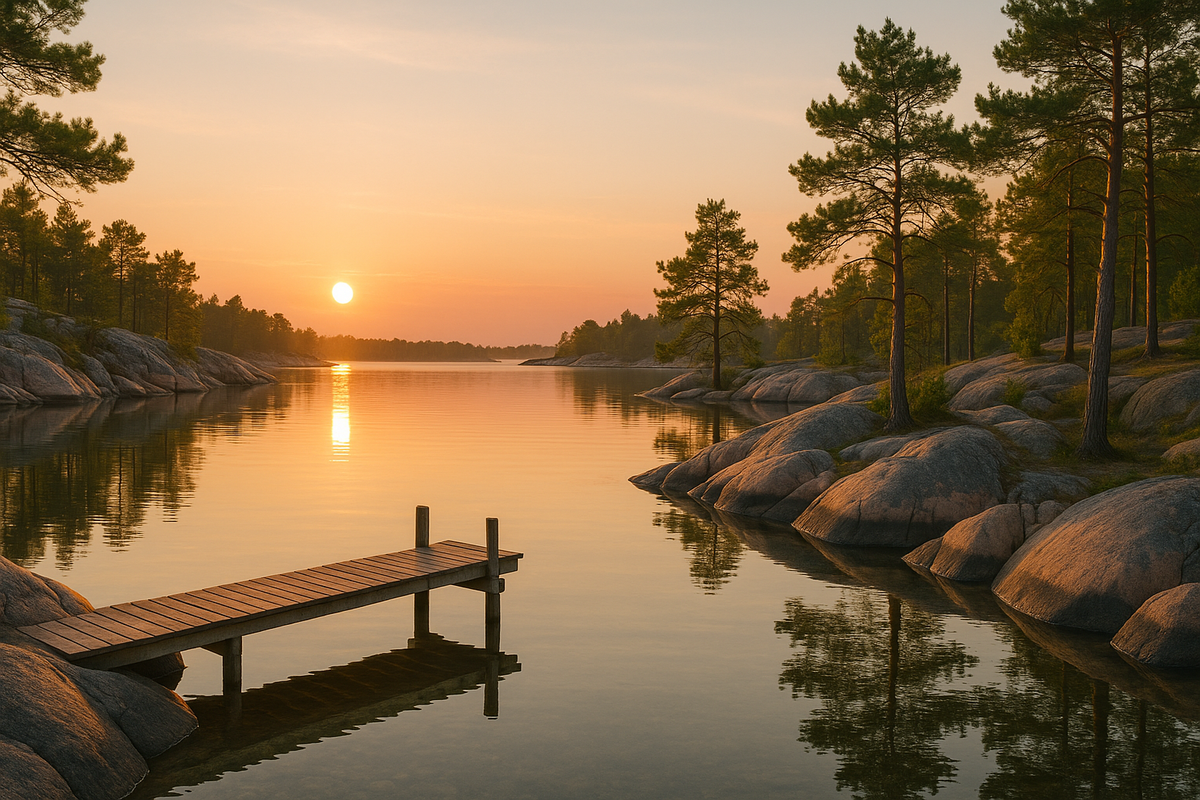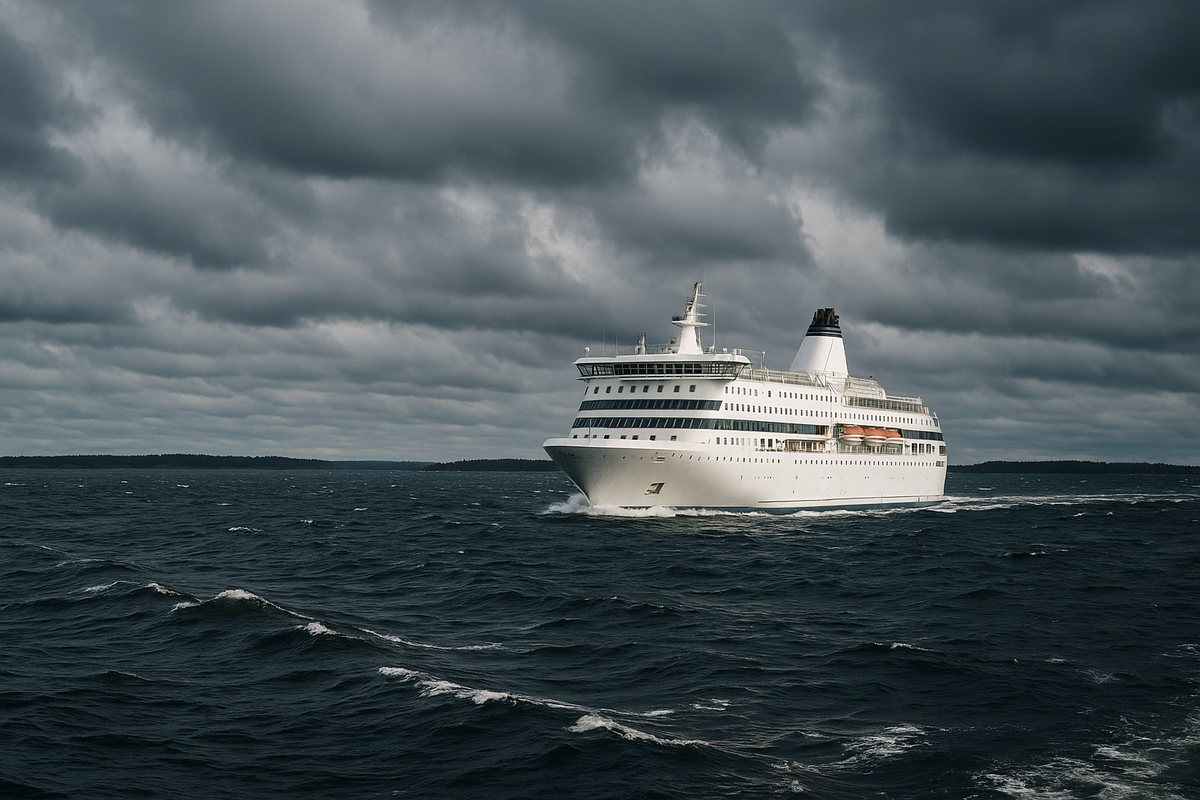🌊 The Baltic Sea by season: breeze, waves and upwelling — from Helsinki to Oulu
This article is a must-read for anyone interested in the fascinating ways the Baltic Sea off the coast of Finland "works" in different months. You'll discover the unique coastal breezes that differ from storm winds, how to recognise upwelling (a sharp cooling of the water), and the perfect spot for swimming, kayaking or walking. We'll discover the amazing places where the archipelago "protects" the water, the incredible ways the "feel" of the sea changes, and the wind thresholds that make walking, SUP/kayaking and ferries a breeze. A dash of facts, a sprinkle of intuition, and your day at sea will be spent in warm, cosy bays, not in cold, gusty winds.

The Baltic Sea by season: how the nature of the sea changes
What is upwelling and how to "catch it by the hand"
Upwelling is when colder deep water rises to the shore when there's a steady wind from a certain direction. To be honest, you see this: yesterday it was +18°C at the beach, today it's +14°C with the same air temperature — swimming has become "refreshing". The solution is simple: leave the open areas and head for the sheltered straits of the Turku/Åland archipelago or switch to lakes — you'll be back to normal in no time. The drop in water temperature, which is usually between 2 and 5 degrees Celsius, usually lasts for about a day or so, and then things even out.
Water by month: where is it warmer to swim in summer

How to read the sea forecast: a quick checklist
— Wind (m/s). Look not only at the average, but also at gusts: they "make waves" and knock beginners off their SUP/kayak.
— Waves (swell/chop). After a front passes, the sea "breathes" longer than the wind on shore — take wave inertia into account.
— Rain and thunderstorms. In the warm season, they are localised but intense; it is better to wait it out in a café/museum than to "catch a break" on the pier.
— Upwelling. If the water temperature has dropped by 2–5 °C in a day with steady winds, move to bays/lakes.
— Air temperature and "feels like" temperature. The breeze on the Baltic Sea "eats up" 2–4 °C in terms of how it feels — always carry a windbreaker in your backpack.
Go/No-Go for coastal activities
Where to find the "warm" Baltic Sea: a selection of locations
Helsinki Region. On windy days, the inner bays of Katajanokka, Eira, and Seurasaari are good choices — the water is calmer and warmer than on open beaches.
Turku/Åland Archipelago. The closer you are to narrow straits and "pockets", the smaller the waves and the higher the water temperature; ideal for evening swimming.
Oulu/Kemi (Gulf of Bothnia). The water is cooler, but the long beaches and piers offer beautiful sunsets; for SUP, choose early mornings when the sea is calm or sheltered harbours.
Ferries, storms and flexible planning
In autumn and winter, storm windows are available in "batches" for a day or two. If you're planning on island-hopping in the archipelago, go for a flexible fare and allow for a spare day. If the waves are strong, cruises and inter-island lines may have to change their schedule. The weather can also change throughout the day, and the evening is often calmer than the morning. If you're looking for something simple, how about parks and museums on the shore, and a sauna by the water?

Life hack stickers
What to take to the sea: a small "capsule"
A lightweight windproof and waterproof jacket, shoes with good traction, a buff or thin hat for the evening. For the water — life jackets (PFDs), non-slip shoes, a dry bag for your phone and a layer. For children — a towel poncho and a warm drink: even at +20°C, it gets chilly after swimming. Insect repellent will come in handy in pine forests and quiet bays.
Write what you think in the comments. If you have interesting photos, personal experiences or questions about the topic of the article, leave a comment. We will definitely respond, because we are creating the most useful and popular blog about Finland!
FAQ
Up to ~6 m/s is fine for most people, especially in sheltered bays and parks. Above that, it's better to move inland or choose forest trails near the water
The water temperature has dropped by 2–5 °C in a day with steady winds, even though the air is warm. Solution: the sheltered straits of the Turku/Åland archipelagos or Lake Saimaa/Päijänne.
More often in shallow lake bays at the end of July–August (+18...+22 °C). In the Baltic Sea, the warmest spots are the inner straits of the archipelagos.
In case of strong waves, ferry companies reschedule or cancel trips. Choose a flexible fare and allow for an extra day for island hopping.
Up to 4–5 m/s in narrow straits; at 6–8 m/s, postpone your start or go to lakes/harbours. Always wear a life jacket.
The breeze and humidity lower the "feels like" temperature by 2–4 °C. A windbreaker and buff will keep you comfortable even on a July evening.
In the narrow straits of archipelagos in calm weather, more often in the evening after a clear day. On city embankments, look for granite and calm backwaters.
Fewer than in the forest and on marshy shores. But in windless bays, repellent will come in handy, especially in late June and July.
A lightweight windproof and waterproof jacket: on the Baltic Sea, it adds 2–4 °C of "comfort" and comes in handy in sudden gusts of wind.





0 comments
Log in to leave a comment